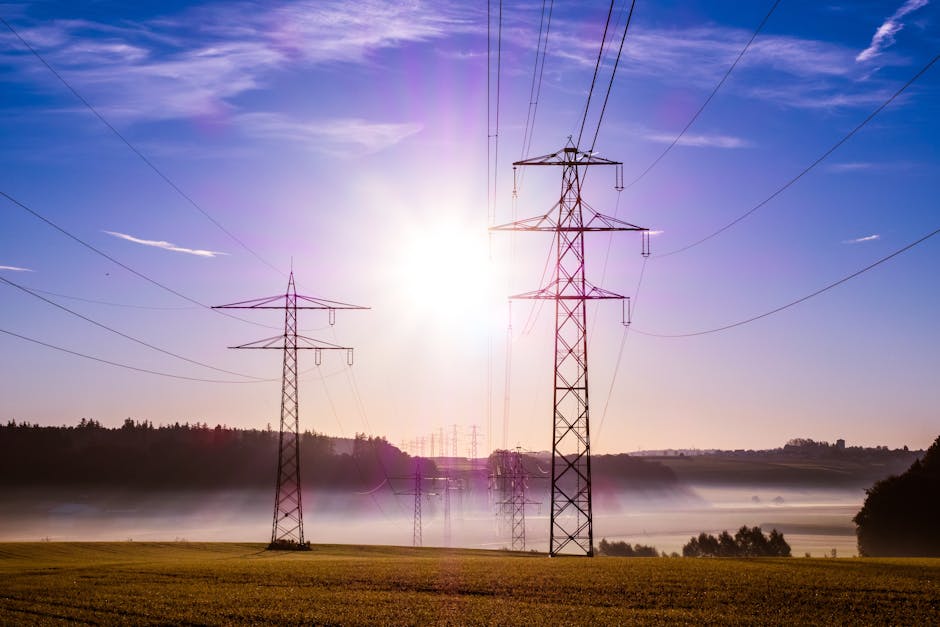22 Lessons Learned:
 The Importance of Colors of Underground Utility Lines
The Importance of Colors of Underground Utility Lines
Underground utilities can easily be identified today. However, a long time ago, it was difficult to identify these utility lines and so when people try to dig there were many risks involved. There is reduced risks today because of new methods of identifying utility lines although not a complete reduction. If there is a need to dig the ground, it is very important that the utility lines first be identified. Before digging through a certain piece of land, the OSHA requires that the underground utilities be located. It is to prevent disaster. Fatal injuries can happen if underground utility lines are struck. The location of the areas where the lines were struck can experience service interruption. People can call 811 to prevent these incidents, before they proceed with digging their property. When the number is called, you can let the utility companies come out and mark their respective lines.
Marking lines may lessen the risks but there are time when accidents still happen. Utility lines are struck every 6 minutes, some place. When this happens, it affects traffic lights, wastewater pipes, telecommunication lines and more. These incidents affect public health and safety.
GPR or Ground Penetrating Radar is used by companies to locate their utility lines. This has made it easier to locate utility lies underground and other important things. Calling 811 is enough for the property owner to let companies located their lines.
It is easier to identify underground utility lines today because they now use different colors for each utility. Here are the colors used for different utilities.
Proposed excavation sites use white lines. It locates areas that will be excavated in the near future.
If you see pink lines, they are temporary survey markings. Surveyors use pink lines to mark off legal property boundaries.
Red lines are used to mark electric power lines, cable, conduit, and lighting cable. This color is appropriate for electrical works since it is associated with fire and danger.
Yellow lines are used for gas, oil, steam, petroleum, and gaseous materials. The bright color yellow is used to be a warning sign since a natural gas leak can create a potentially disastrous situation.
If you see orange lines, then you should associate this with communication., alarm, signal lines, cable or conduit. Lines for potable water use blue lines. Reclaimed water, irrigation, and slurry lines used purple lines. Sewer and drain lines use the color green. You can derail any project for a long time if you hit these lines.
If you want to learn more about utility lines click here now! View here for more.
Leave a Reply